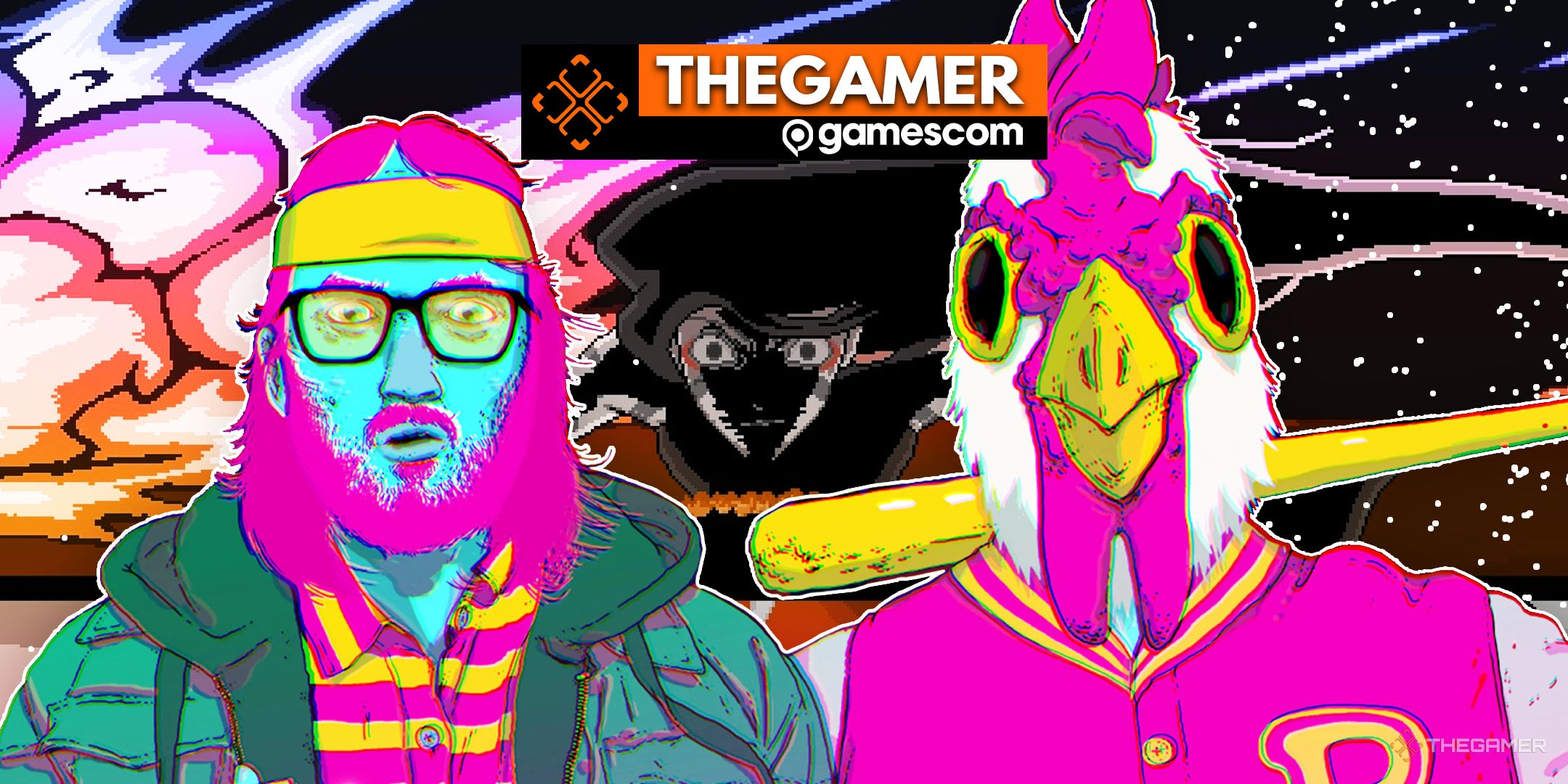
When we first saw Sonokuni in motion earlier this year at the Future Games Show, we had the following question: ‘What kind of Hotline Miami is this?’ The top-down camera, the 2D pixel art aesthetic, and the brutal gameplay of killing your enemies with one attack and also dying if you receive one blow brought an easy comparison. Hotline Miami created a unique way of presenting and reflecting on violence with mesmerizing music and a tight control scheme. Some recent titles have tried to adapt it in different ways, like the recent first-person shooter published by Devolver Digital, Anger Foot, but the results were far away from the 2012 indie hit.
I was curious about what would distinguish Sonokuni from its clear influence, and luckily, the answers started appearing as soon as I started playing it at Gamescom. A sick beat, thick with bass, plays as you wait for your level to load, making your head nod along with the rhythm.
RelatedUrban Myth Dissolution Center Could Be This Year’s Paranormasight
We played Urban Myth Dissolution Center at Gamescom and we can't wait to get creeped out by it at launch.
PostsThe fact that the developer team is a real-life hip hop band that wanted to try its luck with games deserves its own mention.
The vibrant color palette and use of neon visuals with its strange locations and enemy designs shows a different setting to Hotline Miami’s more Western-inspired buildings and human characters.
However, Sonokuni’s defining element makes itself clear as soon as you have to kill your first enemy: its gameplay loop is another type of beast. While it borrows the one-hit nature of its biggest influence, how you interact with this system is pretty different. For starters, you don’t have any firearm or projectile to throw – at least not in the initial stages. You only have your katana and a short-range attack, so you must get intimate with your enemies and always be on the verge of death. But you can do more than using your sword. Use a limited bullet-time ability that slows anything around you for a few seconds, a shield that lets you repel projectiles, and a quick dodge to keep away from enemies.
The key to mastering combat is becoming one with all of these abilities in record time, as Sonokuni gets brutal in a matter of minutes. You get a few rooms to meet the deadly creatures alone, understand what they do, and work out how to exploit their weaknesses, with almost no tutorials at all. There are regular melee monsters that run towards you, others that throw homing arrows, slimes that move in straight lines and grab you, and a bastard enemy that can automatically kill you if you don’t kill it first when a purple bar gets depleted, among many other fabulous creatures based on Japanese mythology. I wasn’t expecting to deal with rooms packed with so many of all the enemy types I had only just met five minutes after pressing ‘New Game’, but there I was, going through feelings of pain and satisfaction.
Sonokuni’s combat succeeds for two reasons. First, its automatic retry system, which can be a double-edged sword if you get frustrated by someone next to you watching you die multiple times in a single room. But if you take a minute and calm yourself down, it’s a relief to be able to just jump into the same room right away, coming up with another strategy. Secondly, and more importantly, is how polished it all feels. As you progress, you start combining the moves in your arsenal like a professional – repelling an arrow at the last second, jumping right into the monster with insta-death, preparing your bullet-time for the three slimes coming your way. You are always thinking one step ahead, and when it all works, this is a more rewarding experience that I ever experienced with Hotline Miami’s combat. The combat clearly shows more layers of depth than what you first expect, and, having only played 30 minutes of it, it makes me curious about how it will continue to evolve.
Another element that remains a mystery is its story. You play as Takeru, an assassin who needs to protect her land from the biotechnology forces you’re going up against. After each level, you get a section where you can interact with other characters and learn more about the universe, alliances, and dangers. Due to my limited time, I couldn’t view much of this, but I was surprised by the amount of dialogue (sometimes there was a little too much) and intrigued by some of the interesting NPC designs you meet.
If Sonokuni can present a compelling narrative with all its distinctive elements based on folklore, unique aesthetic, and Japanese hip-hop soundtrack, it could very well be great enough to step out from the shadow of Hotline Miami and stand proudly by itself. As long as its combat remains fair and I keep finding reasons to try that tough room one more time, everything will be fine.
NextGamescom’s Most Interesting Indie Pitch Is A Century Of History In One Small Space
The Berlin Apartment uses different perspectives to tell the tale of a single apartment.
Posts












